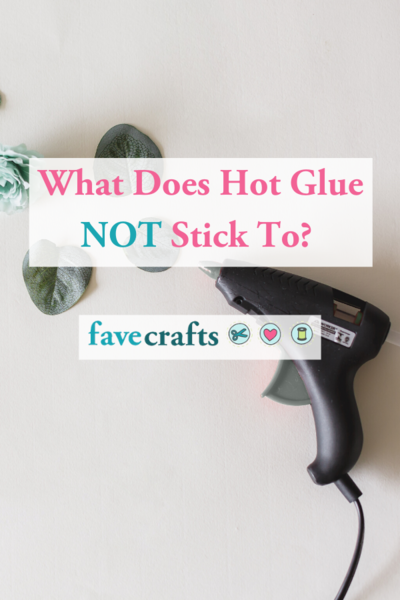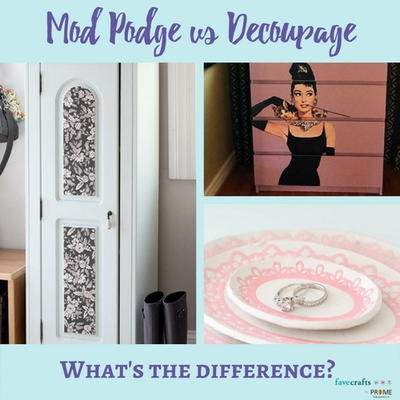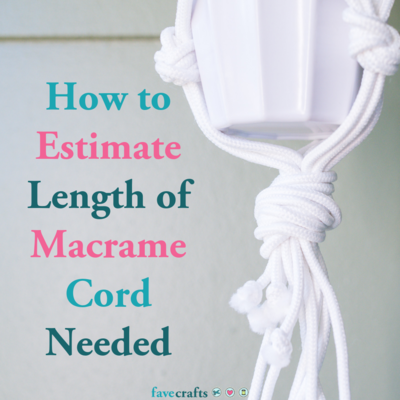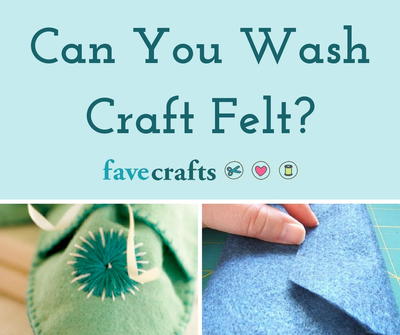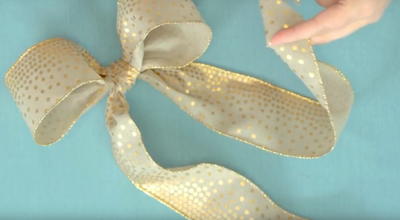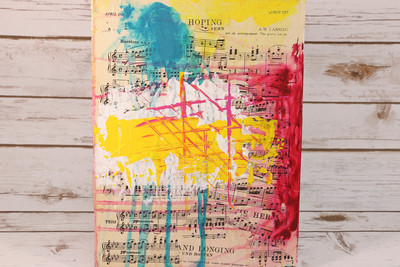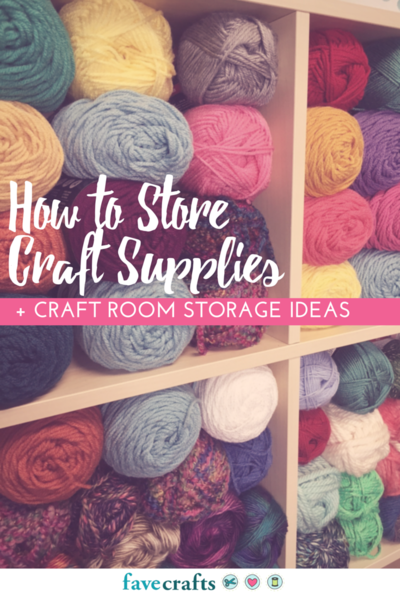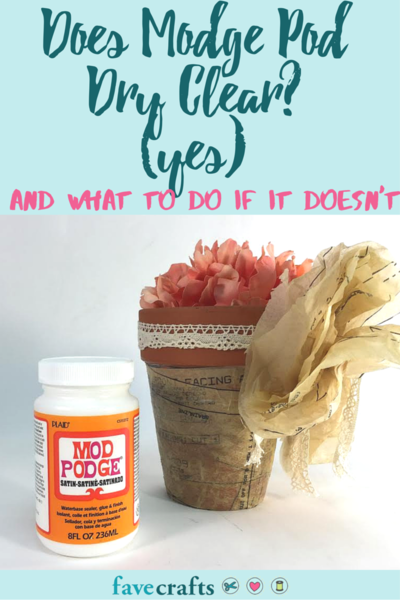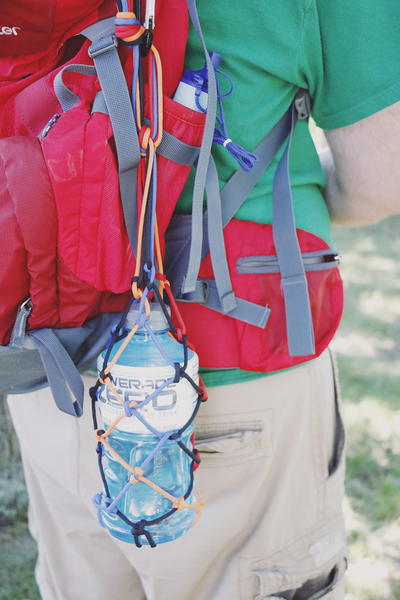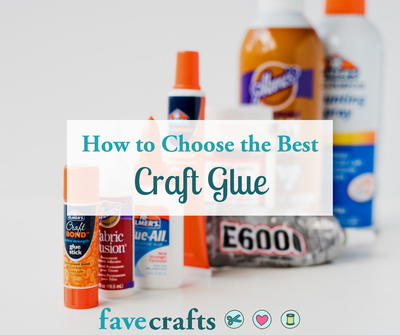How to Use Chalks and Pastels
Chalks and pastels are a softer, semi-transparent form of color that can add creativity to your projects. Try one of these techniques to give your work a new look.
Chalks & Pastels
- Most chalks available are acid free, but read the packaging to make sure. Chalks normally come in containers and an applicator is needed.
- Applicators include sponge tipped sticks, brushes, cotton swabs, make up sponges, and even your fingertips. You will want at least 2 applicators, one for light colors and one for dark colors. Most applicators clean up with soap and water.
- There are two types of pastels. One is oil based and isn’t the best selection for scrapbooking, the other is water based, a little less dusty than chalks. Pastels also come in raw sticks or as a pencil.
- Using chalks and pastels is messy since the chalks and pastels get dusty. Keep an eye on your work area to make sure the chalk and pastel dust isn’t getting onto items you don’t want chalked!
- Chalks and pastels add interest to die cuts, wood cut outs, rubberstamp images, paper printed photos, and punched shapes.
- Although it is stated that chalks and pastels “set” or become permanent after 24 hours, keep in mind that chalks and pastels will fade and can be rubbed off over time. A fixative or spray sealer should be used to make the chalks and pastels truly permanent. Krylon’s Preserve It works well to seal the chalks and pastels.
- As with most color, you will have the best results if you work or add the darker colors first, then bring in the lighter hues. Darker colors will shade and add depth. Lighter colors highlight and add dimension.
- You can stencil with chalks just as you can with paint and inks. It’s another way to use your brass templates!
- If you make a mistake, there are chalk erasers on the market. If you work quickly, you can remove some of the color with a clean cotton swab. You can mix chalks and pastels to get additional colors just like you can with paints.
- Chalks and pastels work best on porous surfaces like paper and wood. Chalks and pastels will not adhere to nonporous surfaces like plastic or tile.
- Tap the surface of what you are chalking between colors to remove any excess chalk. Tap onto a scrap of paper or paper plate.

